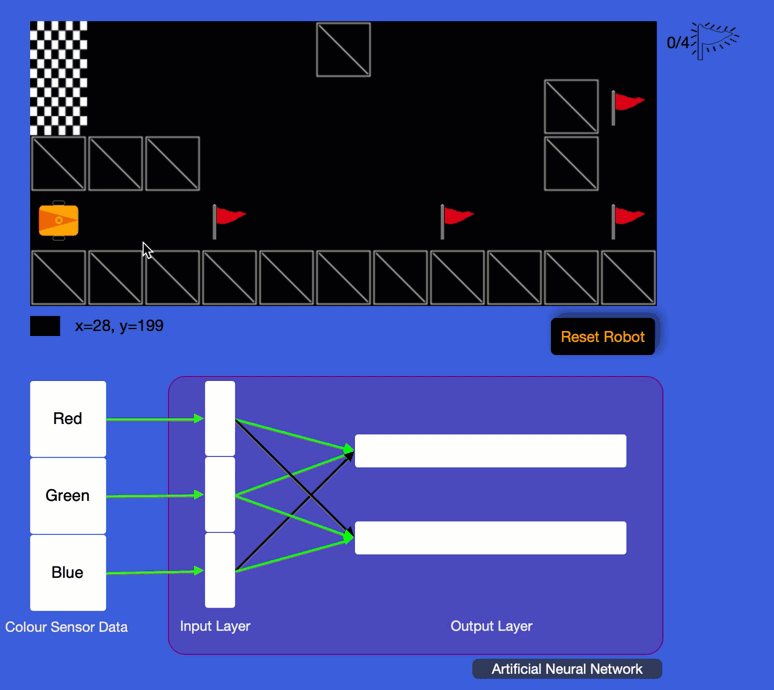Introduction to Logic: New Free Course
For the past few months, we have been working on an entry-level logic challenge for secondary school students. Alignment with the Australian Curriculum: Digital Technologies was a firm requirement.
The course is free until the end of June under our COVID-19 policy. It is suitable for remote and self-directed learning.
When students design and implement computer algorithms, they need to think about branching. This is the process of decision-making based on yes/no decisions. For algorithms to decide properly, students need to understand how a computer interprets terms, such as and, or, not, and what happens when these are combined.
In the course, students follow the journey of three young girls, Esther, Brodie and Hannah on their beach trip. Although going to the beach is currently banned in most states due to COVID-19, dreaming about it is still allowed.

The course is highly immersive and interactive. The background responds to user input. The scenes are set at the beach with waves rolling against it, the sun rising, clouds moving in the sky and a ship travelling at the horizon.
Without coding, the course teaches about Bits, AND, OR, XOR, NOT decisions and De Morgan's law and how these can be applied to solve logical day-to-day problems. Students connect logic gates so that information travels precisely in the right way to solve challenges. As a special feature, one of the lessons explores Shakespeare's famous "To be or not to be" from a logical perspective. There are interactive clues available should students get stuck.
The course intentionally avoids truth tables, as these are often overwhelming at the introductory level. Instead, we describe gates by their primary function in natural language. For example, the output of an AND gate is true if both inputs are true. Each gate has a little '?' that reminds students of the function of the gate.
In the Australian Curriculum: Digital Technologies, this course addresses the principles underlying branching in:
ACTDIP019
ACTDIP029
ACTDIP040
The learning outcomes from this course are valuable to understand branching and control structures.
Let us know what you think. We're also very interested to hear your thoughts about future lessons in this course.
To access the course click here.
Until next time,
The Doctor.
Acknowledgements. We thank Esther (Y 12 student), David (Y 10), Yannic (Y 10) and Noah Schulz (Y 7) for their feedback and input on the design of this course.






